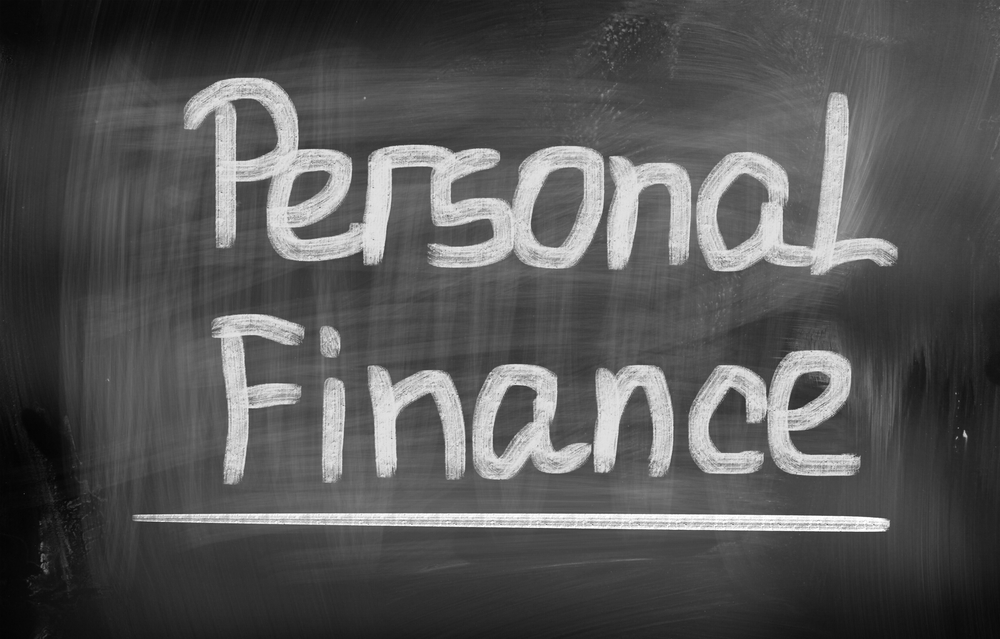One of the primary goals when planning for retirement is to build a portfolio to help meet your income needs after retirement.
Unfortunately, building a retirement portfolio is never easy. It often requires balancing the risks you take in your portfolio with your long-term growth.
An effective retirement portfolio should generate enough growth to overcome the negative impacts of inflation, which may affect your money’s purchasing power in the future. For this reason, it’s wise to invest in a combination of assets that will give you an acceptable return.
If you’re unsure about what to include in your retirement portfolio, here’s a Retirement Guide for beginners to help you get started.
Ways To Build A Retirement Portfolio
To start building a retirement portfolio successfully, here are the things you should keep in mind:
- Keep Your Time Horizon In Mind
Think of time horizons in two ways. The first one is to know the timeframe until your preferred retirement age. This will help you determine how many years you need to grow and save for your portfolio and how much you must save in your working years.
The other one is your life expectancy. Typically, retirement may last two to three decades. For this reason, your portfolio should be invested in a way that can give you income in your lifetime.
If you’re young and not planning to retire anytime soon, you can afford to assume more risk with your investments for retirement. It’s because you have time to protect your wealth against inflation and recoup your short-term investment losses.
- Know Your Preferred Retirement Income
Determining how much you wish to spend every year in retirement can impact how your portfolio can be allocated. Start by checking how much you spend daily. Consider your expenses that might go away in retirement. These may include the costs related to mortgage or work commute. In addition, consider the expenses that might go up in retirement for various things like travel and hobbies.
You should also consider the other income sources outside your retirement portfolio that would help meet your expenses, such as part-time jobs, pensions, or Social Security benefits. Doing this will give you a clue about how much income your retirement portfolio should generate to meet your needs.
On the other hand, if you’re older and planning to retire as soon as possible, you might like to shift your retirement asset allocation to a conservative mix or create a bigger cash reserve since you don’t have much time to recover possible market losses.
- Evaluate Your Risk Tolerance
The risk tolerance of any individual may vary widely. While some people are comfortable with investing more in riskier investments such as stocks, others might not.
If the stock’s high market volatility makes you uneasy and keeps you awake every night, you have a low-risk tolerance, and your portfolio may lean more on cash and bonds. However, if you can handle the volatility without feeling any worries, you have a high tolerance and can be comfortable with a portfolio that focuses more on stocks.
- Diversify Your Investments
The best approach when building a retirement portfolio is to keep a mix of investments that will provide the best possible returns you want at a level of risk you’re willing to take. This process is called asset allocation.
Generally, asset allocation involves spreading out your risk, which is essential since every investment category performs differently in various economic conditions. Once you spread your investment principal into several types of investments, you can maintain your retirement portfolio effectively and deal with the ups and downs smoothly.
Throughout your retirement, you might want to adjust your asset allocation. For example, you can move your money into other investments depending on your lifestyle change or accommodate the changes in economic conditions. For best results, consult an asset allocation professional to learn how to invest for retirement and make the most out of your existing investments.
What Are The Perks Of Building A Retirement Portfolio?
There are several benefits of creating a retirement portfolio. One of these is that you can make a more stable basis for your future. The returns you can get from your retirement portfolio can help you live a life with a better income, supplementing your Social Security benefits.
If your retirement portfolio is well-diversified, it can also protect you from market volatility by balancing various income classes. If an asset type drops in value, your other assets may pick up the slack. This way, you can guarantee a steady income even after years of your retirement.
Wrapping Up
The key to building a retirement portfolio is knowing your risk tolerance and determining the right mix for you based on your time horizon, needs, and age. Over time, as your future goals and stage of life change, making necessary adjustments to your portfolio will help you stay on the right track and allow you to enjoy a financially successful retirement.

